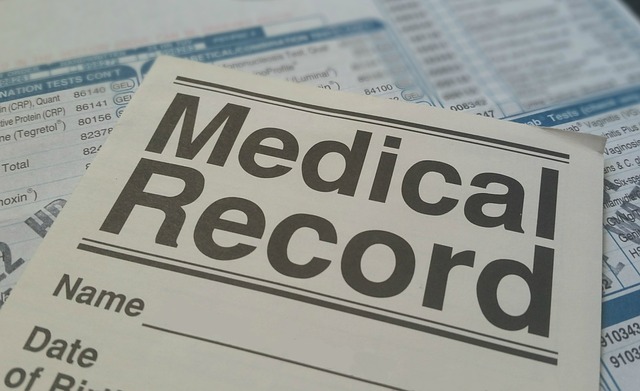Part 3 of a multi-part series on cancer surveillance and data collection in the United States.

Cancer Registries are staffed with Cancer Registrars who have met the stringent and complex requirements for education, training and work experience. While some Registries have non-credentialed staff who perform administrative tasks or are in training for their credentialing exam, most Registrars are certified tumor registrar’s, or CTRs. Only CTRs can abstract from the medical record cancer information that is reported and used for statistical and quality studies.
There are several processes, or phases, to cancer data collection and reporting. It starts with casefinding, or identifying the people with cancer who have been diagnosed or treated at the hospital or other medical facilities. Most patient’s start their cancer journey with a visit to their primary care physician (or PCP) and are then referred to specialists who will diagnose and recommend treatment for their specific type of cancer.
“Casefinding is like casting a net far and wide to “capture” all the reportable cancer cases.” (1)
CTRs look at the medical record and through manual or automated processes enter the cancer site, histologic type, patient demographics (such as gender, race or age) and the extent of disease (or the stage) into the case abstract. Some Cancer Registries will collect additional medical and scientific data elements, such as the type of treatment, and then follow the patient each year to track any reported recurrence and lifetime survival.
(1) Surveillance, Epidemiology and End Results (SEER), National Cancer Institute




